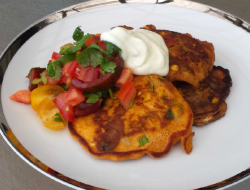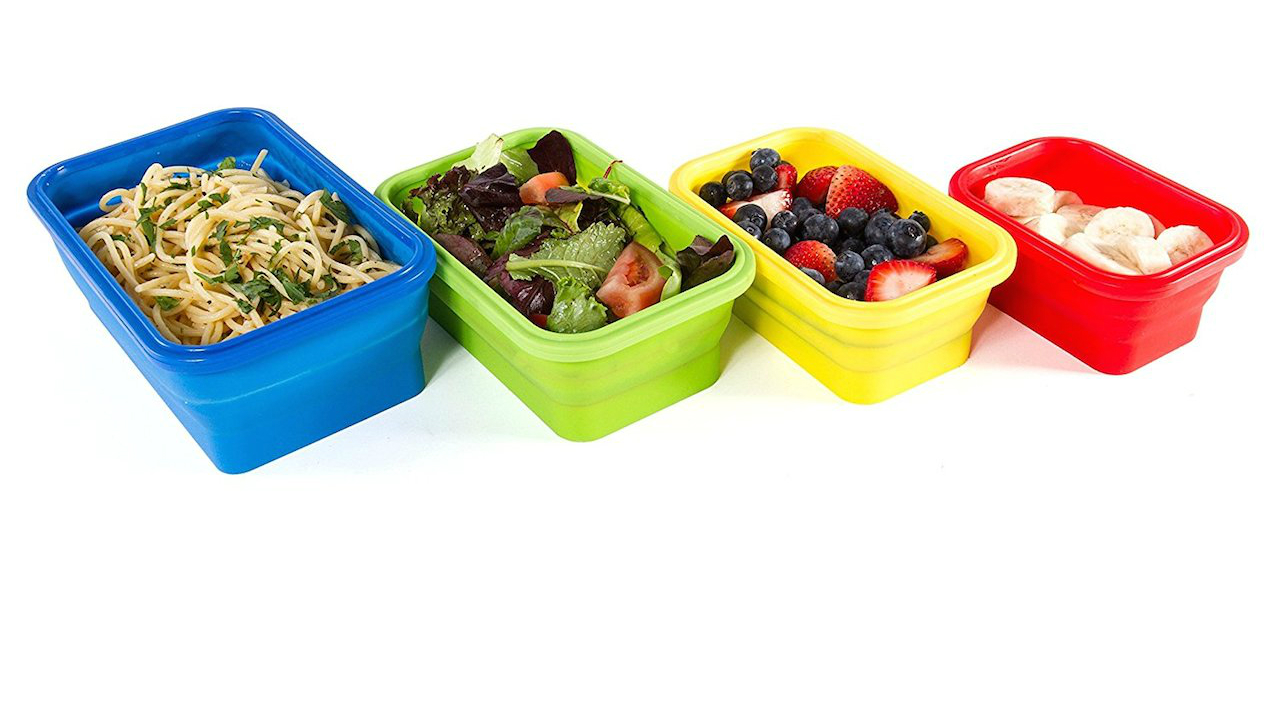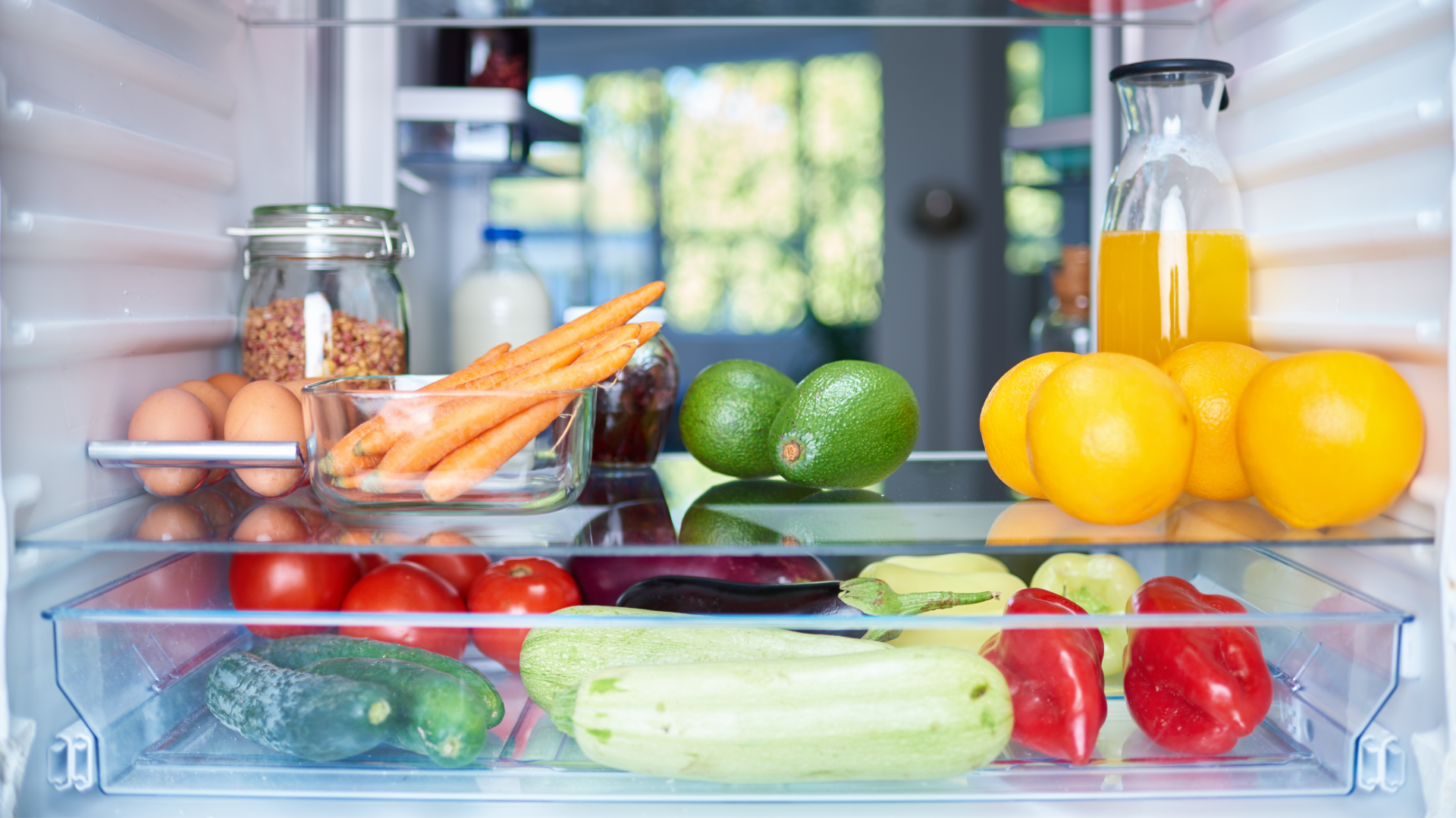Did you know the average Australian household is throwing away over $1000 worth of food each year? In countries like Australia, over 50% of food waste occurs in the household. A few changes can make a big difference.
Why is so much food getting wasted?
- Are we buying and cooking too much?
- Are we buying food we already have?
- Are we not making use of leftovers?
- Are we misreading best before and use by dates?
- Are we eating out more instead of using the food we already have?
How to reduce food wastage in your household
Start planning meals
If you don’t regularly plan meals, now is the time to start. It can save money, time, and stress and ultimately cut back on how much food that’s getting wasted.
- Determine which meals you will be eating out, and those you can prepare at home.
- Select recipes for the meals you plan to prepare.
- Include family favourites and encourage kids to get involved.
- Build variety into the plan by mixing up your vegetable, grain and protein choices.
- Consider whether you can cook a double batch to use as leftovers or freeze for later.
- Write a shopping list.
- Take a look at weekly specials to get the best deal when shopping.
- Stick to your list to reduce impulse buys, which is great for your wallet and waistline.

Vegetable fritters
Vegetable fritters are a great way to use up leftover vegetables at the end of the week. Serve with salad, grainy bread and some spicy sauce or hummus to make it a meal.
Love your leftovers
- Create an ‘eat me’ spot in the fridge where leftovers are clearly visible.
- Pack leftovers for lunch and save money on store bought lunches. Add extra vegetables/salad for a nutrient boost.
- Freeze leftovers for a future meal.
- Recreate them into something new. i.e. roast lamb one night could be turned into lamb kebabs on pita bread the next.

Store food correctly to avoid spoilage
Kitchen pantry
- Divide the pantry into zones to keep food tidy and the items you have clearly visible.
- Rotate food so that older supplies are used first.
- Once a package is open, store it in an airtight container to maintain freshness and keep pests out.
Fridge
- Avoid overcrowding your fridge as cold air won’t be able to circulate as efficiently and food will spoil faster.
- Make use of the crisper humidity function. Fruits that tend to rot do best in low humidity and vegetables that wilt are best under high humidity.
- Ensure raw meat is kept separated on the lowest shelf of the fridge to reduce risk of cross contamination.
Freezer
- Freezing food stops bacterial growth, so it can be a great way to store foods that may have been otherwise wasted.
- Tightly wrap foods to be frozen or place in an airtight container to prevent ‘freezer burn’.
- Always thoroughly reheat leftovers until steaming hot.
- Remember to defrost frozen food in the fridge, especially meat and dairy.

Remember:
- Plan your meals, involve the kids and write a shopping list.
- Get creative with leftovers or eat them for lunch!
- Store food correctly in the pantry, freezer and fridge to reduce wastage.
Produced by Nutrition Australia QLD Division, 2018. Reviewed August 2021.




